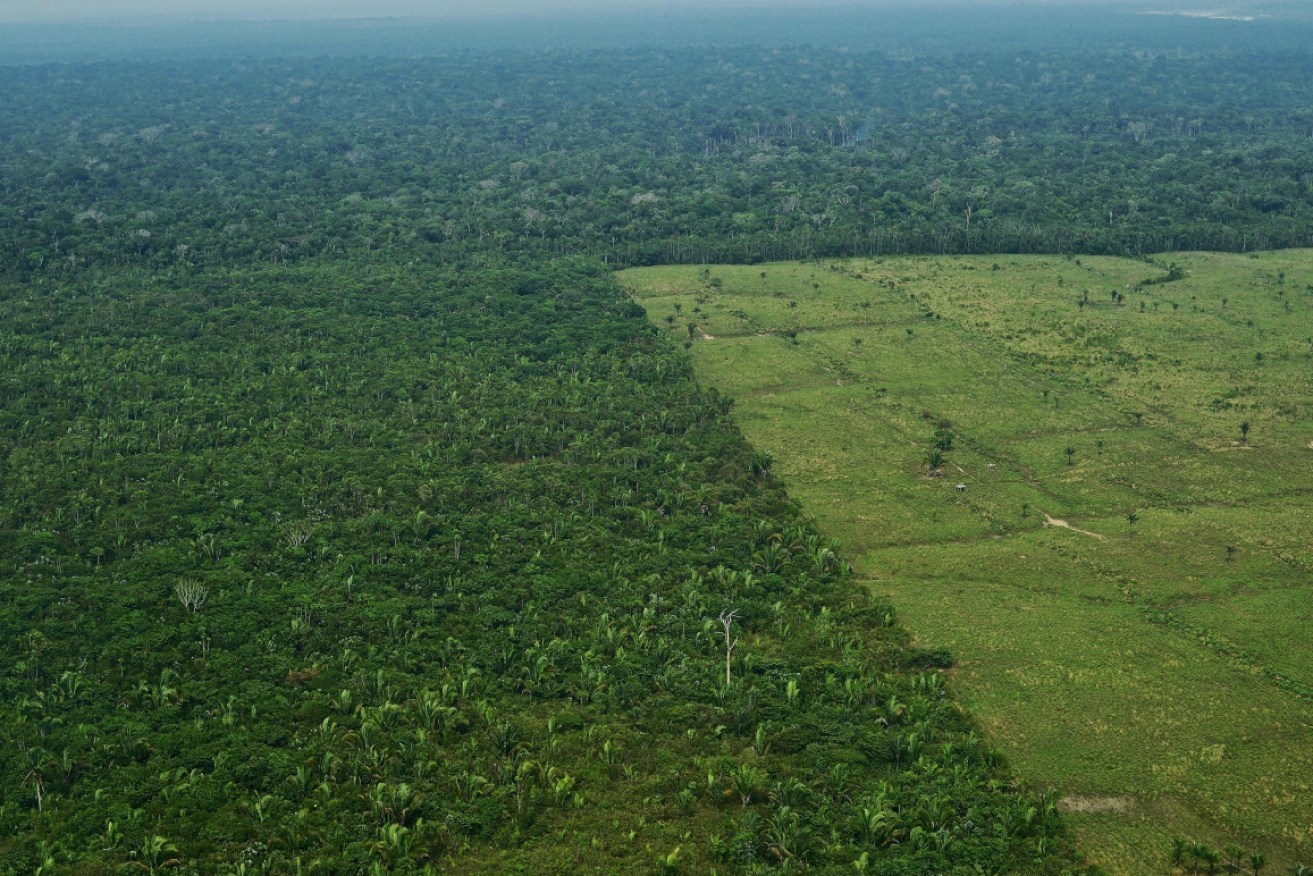The Amazon rainforest could be gone within a lifetime


The Amazon rainforest is predicted to die out within 50 years. Photo: Getty
The Amazon rainforest could start transforming into a savannah within a year if urgent action is not taken, new research has shown.
In what would be one of the biggest environmental catastrophes of our time, the natural wonder could disappear within 50 years, the report by Bangor University, Southampton University and the University of London, revealed.
If we don’t act on preventing the irreversible tipping point, many of us will watch the rainforest shift to a savannah-type ecosystem with a mix of trees and grass within the next 50 years, lead author Dr Simon Willcock of Bangor University’s School of Natural Sciences said.
“Unfortunately, what our paper reveals is that humanity needs to prepare for changes far sooner than expected,” Dr Willcock said.
“These rapid changes to the world’s largest and most iconic ecosystems would impact the benefits which they provide us with, including everything from food and materials to the oxygen and water we need for life.”
The predicted tipping point of next year matches other research conducted into the forest’s health.
Scientists and economists across the globe have expected the Amazon to reach a point of no return by 2021.
When this happens, the forest will stop producing enough rain to sustain itself, turning into barren grasslands and releasing billions of tonnes of carbon dioxide into the atmosphere.
Co-researcher Professor John Dearing, from Southampton University’s geography and environment department, said he was surprised by the alarming rate of decline.
“We intuitively knew that big systems would collapse more slowly than small ones – due to the time it takes for impacts to diffuse across large distances,” Professor Dearing said.
“But what was unexpected was the finding that big systems collapse much faster than you might expect – even the largest on Earth only taking possibly a few decades.”
Endearingly referred to as ‘the Earth’s lungs’, the forest is home to 10 per cent of our biodiversity and has been a vital carbon sink, taking out around two billion tonnes of carbon dioxide a year from the atmosphere.
Now, the ecosystem is changing.
In a sign of things to come, plants that prefer wet conditions are starting to die and those that prefer dry conditions, such as the Brazil nut tree, are thriving.

Fires and deforestation have led to the ‘tipping point’. Photo: Greenpeace
The average temperature in the forest has risen by 1 to 1.5 degrees in the past century and the dry season has spread from four months to five.
Soaring rates of deforestation, encouraged by Brazil’s far-right president Jair Bolsonaro have seen around 20 per cent of the rainforest destroyed.
This continues at an alarming rate of 51,799 square kilometres a year – almost double the size of Sydney.
Last week, Brazilian congresswoman Joenia Wapichana called for international solidarity to save the Amazon and the Indigenous people who live there.
Leading climate scientist Carlos Nobre, who predicted the Amazon would reach a tipping point if deforestation was to continue, has said to reverse the current trend, global carbon emissions and Amazon deforestation must be stopped, and an ambitious reforestation plan implemented immediately.
“The only sensible way forward is to launch a major reforestation project especially in the southern and eastern Amazon, actions that could be part of Brazil’s implementing its commitments under the Paris agreement,” he wrote in an editorial for Science Advances in December.
“The tipping point is here, it is now.
“The peoples and leaders of the Amazon countries together have the power, the science, and the tools to avoid a continental-scale, indeed, a global environmental disaster.
“Together, we need the will and imagination to tip the direction of change in favour of a sustainable Amazon.”









